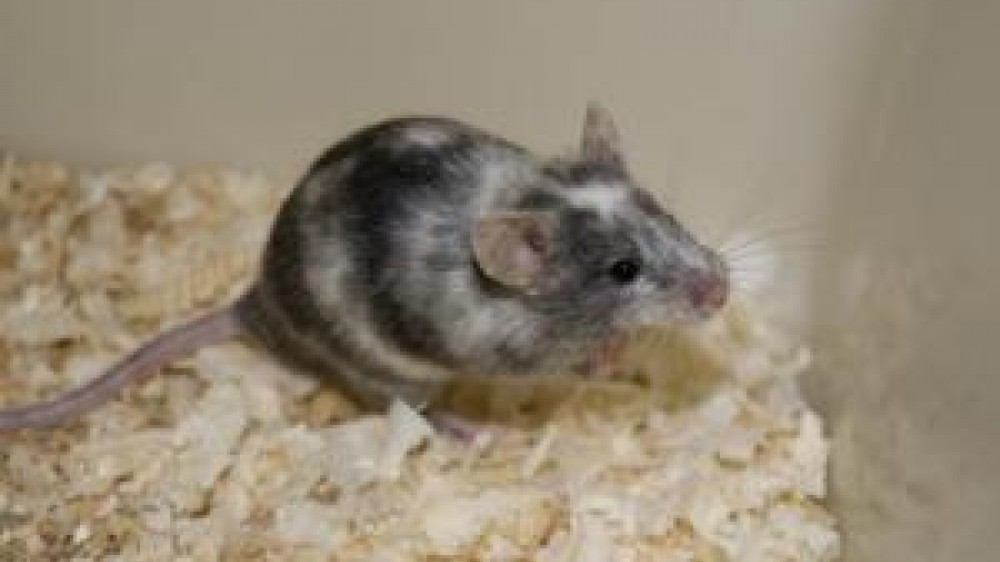Re-evaluating animal models of pain

Re-evaluating animal models of pain could minimise animal use, improve the quality of scientific experiments and accelerate the development of novel pain treatments, the authors of a recent paper urge.
Increasing the predictivity and relevance of animal models to human studies could be achieved by careful consideration of which species to study, and by looking more closely at the way in which pain is measured in animal research. Better experimental design and reporting could also improve the quality of results. A number of recommendations for improvement are outlined in the review, published in the British Journal of Pharmacology.
Dr Nathalie Percie du Sert, Programme Manager at the NC3Rs and lead author of the paper, said: "The recommendations highlighted in our review will be really beneficial to scientists currently using, or considering using, animal models in their pain research. Improving how in vivo models are used not only has 3Rs benefits but also has the potential to accelerate the translation of analgesics to the clinic."
The work was inspired by a symposium held in 2012 on "Models of experimental pain: opportunities and challenges," jointly hosted by the NC3Rs, the British Pharmacological Society and The Physiological Society.
New methods, including analysis of burrowing behaviour and recording spontaneous activity, such as wheel running and rearing, are making it easier to understand and recognise pain in animals. The paper points to the most up-to-date research in the area of pain recognition.
The importance of implementing the ARRIVE guidelines when designing experiments and preparing results for publication, is highlighted by the authors. The guidelines, prepared by the NC3Rs, are intended to improve standards of reporting and ensure that the data from animal experiments can be fully evaluated and utilised.
Choice of species should also be considered carefully, according to the paper's recommendations. For example, some experiments might not require mammalian organisms and could possibly be carried out in lower order organisms, such as zebrafish or fruit flies.
Professor Andrew Rice, co- author of the paper from Imperial College London, comments: "Our work suggests ways in which we can improve our approach to using animal models in the quest to find better ways of treating pain. This will have benefits for animal welfare and for patients. Animal research plays a vital role in making advances in medicine, but in pain research we can do better when designing trials involving animals, in order to ensure that these studies are as useful and relevant as possible. We hope the new recommendations will enhance the ability of pain researchers to identify disease mechanisms and drug targets and to provide proof-of-concept to justify clinical trials in patients."
The paper looks specifically at neuropathic pain, an area of considerable unmet clinical need, but the recommendations could equally apply to pain in general, or indeed more broadly to animal models overall.
Contact the NC3Rs Media Office:
Laura McGuinness, Communications Officer laura.mcguinness@nc3rs.org.uk 020 7611 2239, 07795451836
Notes to Editors:
1. Paper reference
Percie du Sert N, Rice ASC (2014). Improving the translation of analgesic drugs to the clinic: animal models of neuropathic pain. British Journal of Pharmacology. DOI: 10.1111/bph.12645
2. About the NC3Rs
The National Centre for the Replacement, Refinement and Reduction of Animals in Research (NC3Rs) leads discovery and application of new technologies and approaches to minimise the use of animals and improve animal welfare (the 3Rs). It funds research, supports training and development, and stimulates changes in regulations and practice. Primarily funded by Government, the NC3Rs is also supported by the charitable and private sectors. It works with scientists in universities and industry in the UK and internationally. Further information can be found at: www.nc3rs.org.uk | @nc3rs
3. About Imperial College London
Imperial College London is a science-based institution with a reputation for excellence in teaching and research that attracts 14,000 students and 6,000 staff of the highest international quality. Innovative research at the College explores the interface between science, medicine, engineering and business, delivering practical solutions that improve quality of life and the environment - underpinned by a dynamic enterprise culture.
